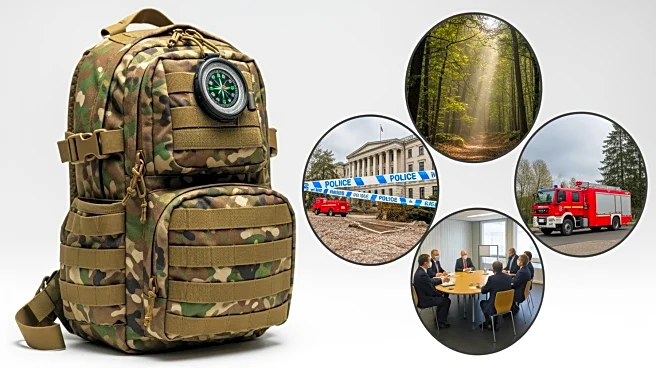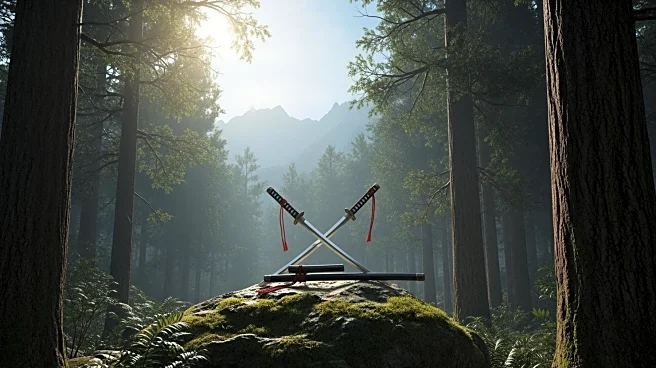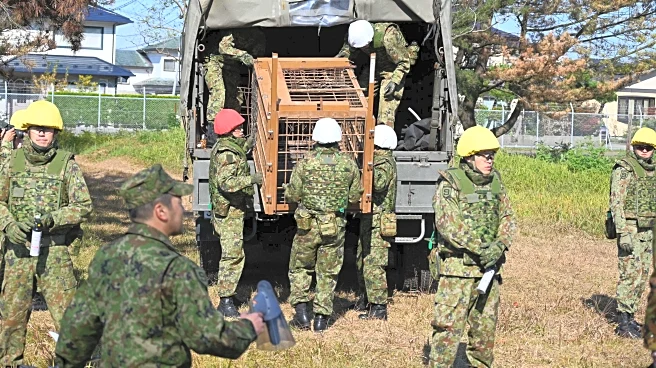What's Happening?
Japan's military has been deployed to the northern prefecture of Akita to assist in managing a surge in bear attacks. The region has seen a significant increase in incidents, with at least 13 fatalities and over 100 injuries reported since April. Local
authorities have requested military support as existing measures, such as traps and repellent sprays, have proven insufficient. The military will provide logistical support, including setting up traps and transporting carcasses, but will not engage in culling due to legal restrictions. The rise in bear attacks is attributed to climate change and habitat changes, which have driven bears into urban areas in search of food.
Why It's Important?
The deployment of military forces highlights the severity of the bear attack problem in Japan, which is exacerbated by climate change and demographic shifts. The situation poses a threat to public safety and has led to increased anxiety among residents. The government's response, including the use of technology like AI-equipped cameras and drones, reflects a need for innovative solutions to wildlife management. The issue also underscores the challenges faced by rural areas with aging populations and declining numbers of hunters, which complicates wildlife control efforts.
What's Next?
Local authorities are considering additional technological measures to deter bears, such as drones that mimic the sounds of dogs barking and fireworks. The National Police Agency has authorized riot police to shoot bears in residential areas when hunters are unavailable. The government is also exploring non-lethal measures and habitat restoration to address the root causes of bear incursions. As climate change continues to impact natural cycles, Japan may face further increases in bear-human encounters, necessitating ongoing adaptation and policy adjustments.
Beyond the Headlines
The cultural tension between conservation efforts and public safety is evident, with some groups advocating for non-lethal measures and habitat restoration. The situation raises ethical questions about wildlife management and the balance between human safety and animal welfare. The demographic shift in rural areas, with younger generations moving to cities, has left fewer people to manage wildlife, highlighting broader societal changes impacting traditional practices.














